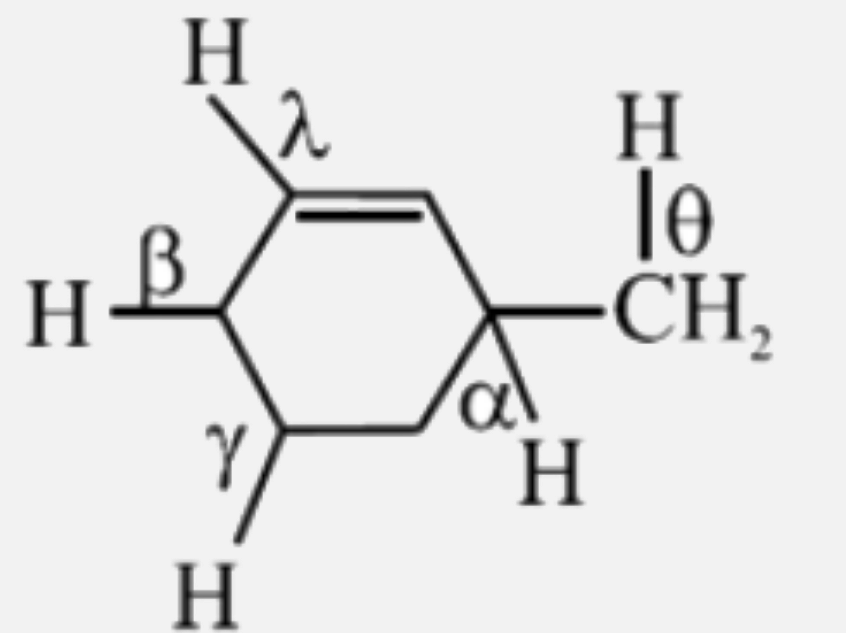Assertion : Dihydrogen is inert at room temperature.
Reason : The H - H bond dissociation enthalpy is the highest for a single bond between two atoms of any element.
If both assertion and reason are true and reason is the correct explanation of assertion.
If both assertion and reason are true but reason is not the correct explanation of assertion.
If assertion is true but reason is false.
If both assertion and reason are false.
The correct Answer is:A
To solve the assertion-reason question, we will analyze both the assertion and the reason step by step.
1. Understanding the Assertion: The assertion states that "Dihydrogen is inert at room temperature." This means that dihydrogen (H₂) does not readily react with other substances under normal conditions.
2. Understanding the Reason: The reason given is "The H-H bond dissociation enthalpy is the highest for a single bond between two atoms of any element." This indicates that the bond strength between two hydrogen atoms is exceptionally strong, making it difficult for the bond to break.
3. Bond Dissociation Enthalpy: Bond dissociation enthalpy refers to the energy required to break a bond in a molecule. A higher bond dissociation enthalpy indicates a stronger bond. For dihydrogen, the H-H bond has a very high bond dissociation enthalpy, which means that it requires a significant amount of energy to break this bond.
4. Implications of High Bond Strength: Because the H-H bond is very strong, it does not break easily at room temperature. As a result, dihydrogen remains stable and does not react with other substances, which is why it is considered inert at this temperature.
5. Conclusion: Since the high bond dissociation enthalpy of the H-H bond prevents the dihydrogen molecule from reacting at room temperature, we can conclude that both the assertion and the reason are true. Furthermore, the reason correctly explains why the assertion is true.
Final Answer:
Both the assertion and the reason are true, and the reason is the correct explanation for the assertion.
Both the assertion and the reason are true, and the reason is the correct explanation for the assertion.
Topper's Solved these Questions
- BOOK - NCERT FINGERTPS ENGLISHCHAPTER - HYDROGEN EXERCISE - Position Of Hydrogen Atom In The Periodic Table3videos
HYDROGEN
- BOOK - NCERT FINGERTPS ENGLISHCHAPTER - HYDROGEN EXERCISE - Dihydrogen4videos
HYDROGEN
- BOOK - NCERT FINGERTPS ENGLISHCHAPTER - HYDROGEN EXERCISE - NCERT (EXEMPLAR PROBLEMS)18videos
HYDROGEN
- BOOK - NCERT FINGERTPS ENGLISHCHAPTER - HYDROCARBONS EXERCISE - Assertion And Reason15videos
HYDROCARBONS
- BOOK - NCERT FINGERTPS ENGLISHCHAPTER - ORGANIC CHEMISTRY-SOME BASIC PRINCIPLES AND TECHNIQUES EXERCISE - Assertion And Reason12videos
ORGANIC CHEMISTRY-SOME BASIC PRINCIPLES AND TECHNIQUES
Similar Questions
Knowledge Check
- Question 1 - Select One
The bond dissociation energy of the C−H bond for the compound.

decreases in the order.AP>Q>R>SBS>R>Q>PCS>P>Q>RDQ>P>S>R - Question 2 - Select One
Which is the correct order of bond energy of single, double and triple bonds between carbon atoms ?
AC−C>C=C>C≡CBC=C>C≡C>C−CCC≡C>C−C>C=CDC≡C>C=C>C−C
α-helix is stabilized by H-bonds between the
View SolutionThe correct order of bond dissociation energies of various C−H bonds present in the compound is
 View Solution
View SolutionAssertion: The acidic strength of halogen acids varies in the order HF>HCl>HBr>HI
Reason: The bond dissociation enthalpy of halogen acids decreases in the HF>HCl>HBr>HIView SolutionAssertion : F-F bond has low bond dissociation
Reason : The fluorine has lower reactivity.View SolutionAssertion : Silicons are very inert polymers
Reason: Both Si−OandSi−C bond energies are very highView SolutionArrange the following:
H-H, D-D and F- F in order of increasing bond dissociation enthalpy.View Solution

